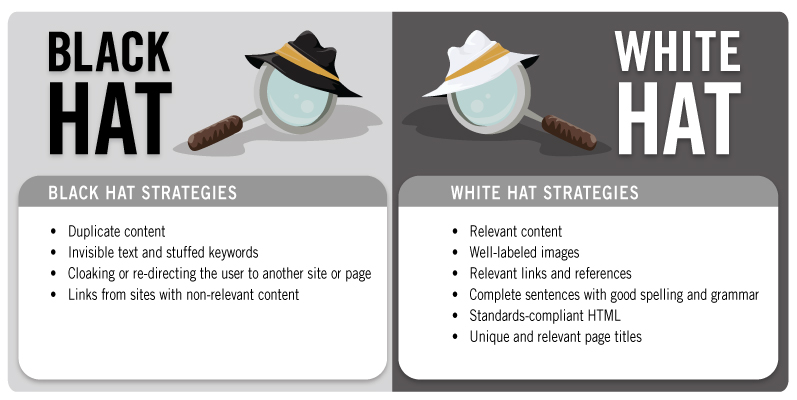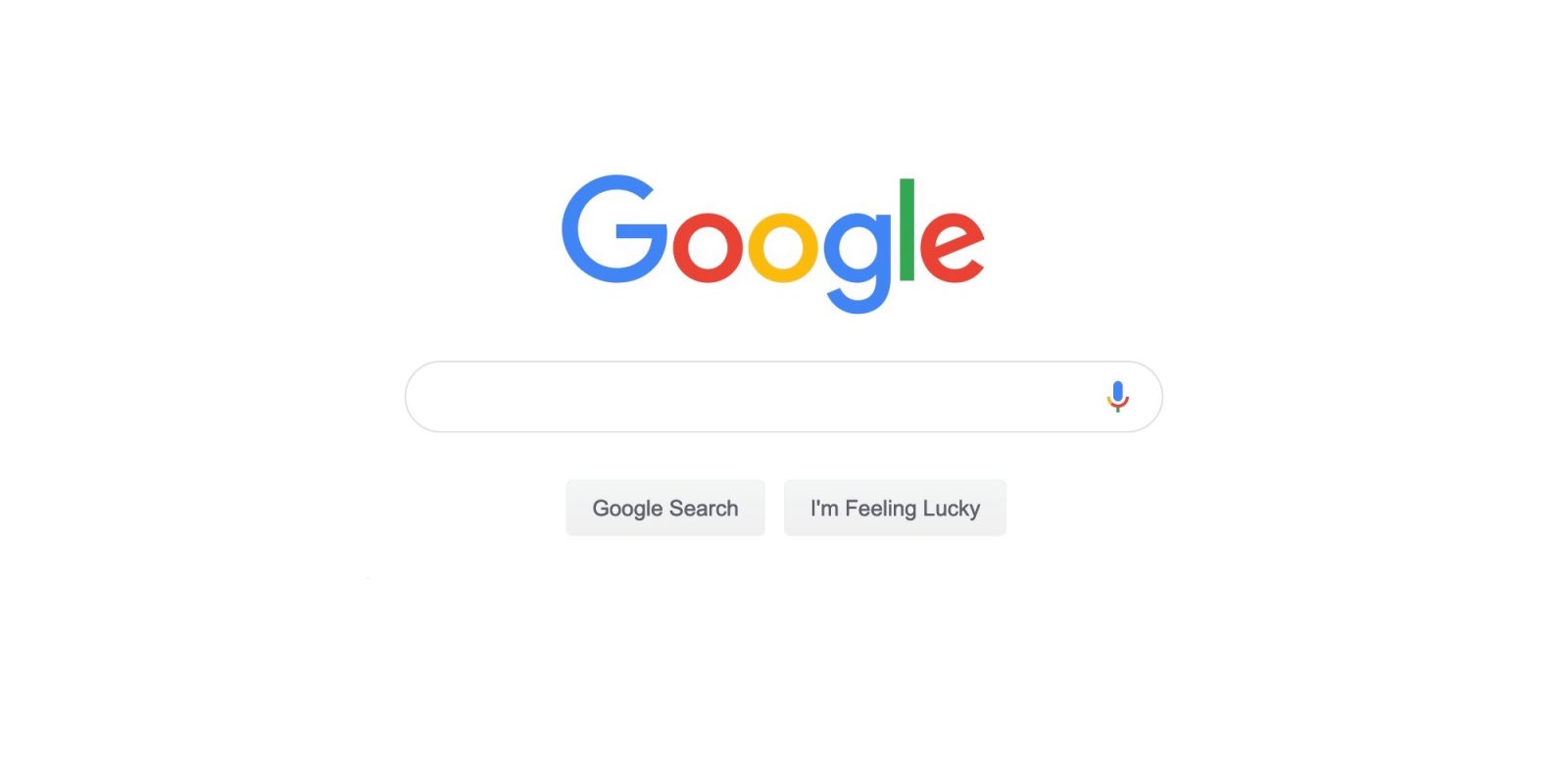SEO is a word you’ve likely heard a lot of if you’re a business owner or marketer. You know that you need it – and you want to understand it – but finding a simple black-and-white definition of SEO is difficult.
On any given day, people conduct more than 5 billion searches on Google. Therefore, showing up on the front page of Google can be the deciding factor between a brand that’s thriving and one that’s, well, failing. If your article, blog post, or product, is on any other page of Google’s search results than the first, then it’s the equivalent of it not ranking at all. After all, if you ever need to hide a dead body, just place it on the second page of Google’s search results – where no one will ever go to look for it.
But let’s get back to the point. What does SEO even mean?
You probably know that it stands for search engine optimization, but what do you need to optimize?
It seems pretty straightforward.
You pick a few keywords, add them to your website, and behold! Your site is optimized for search engines, right? Not exactly.
SEO involves writing, design, links, site performance, and much more.
Many people understand the basic principles of SEO, but it’s constantly evolving. The SEO that we know and love is not the same SEO that we knew 10 years ago, or even a year ago for that matter. And that’s why SEO is something that needs to be continually defined and redefined.
Here’s a brief explanation of SEO in under 100 words to get you started:
What is SEO?
SEO stands for search engine optimization. It refers to the complex process that helps your website rank higher organically in search engine results pages (SERPs). This process makes your website more visible to people who are looking for solutions that your brand, product, or service can provide via search engines like Google. The techniques used to improve search engine rankings are constantly evolving, as a direct result of the search algorithms that companies like Google are constantly changing.
How does SEO Work?
SEO involves many processes, including conducting keyword research, creating quality content, and optimizing a website’s pages. Generally, you’ll see results of SEO efforts once the page has been crawled and indexed by a search engine. There are a ton of ways to improve the SEO of your site pages, though. Search engines also look for elements including title tags, keywords, image tags, internal link structure, and inbound links (also known as backlinks). And that’s just to name a few. Search engines also look at site structure and design, visitor behavior, and other external, off-site factors to determine how highly ranked your site should be in their SERPs.
As mentioned above, Google’s algorithms are constantly changing. Nobody knows exactly how these algorithms work, but we do have clues, at least from Google.
What is an SEO Strategy?
An SEO strategy is a comprehensive plan to get more visitors to your website organically through search engines. Successful SEO campaigns include on-page strategies, which use intent-based keywords; and off-page strategies, which earn inbound links from other websites.
When it comes to the written content on your website, including content on site pages and blog posts, you’ll probably be thinking about how you can incorporate certain keywords before you begin writing. While this is a good thing to keep in mind, it shouldn’t be your primary focus. Creating obnoxiously spammy blog posts full of keywords may have worked ten years ago, but now, it will get your page flagged and will hurt your SEO rather than help it. Whenever you create content, your focus should be on the intent of your audience, not how many times you can include a keyword in your content.
To satisfy intent and rank well in the long term, build your SEO strategy around topics, not keywords. If you do that, you’ll find you can naturally optimize for important keywords, anyway, without worrying about coming off as spammy.
The bottom line: The key to attracting relevant visitors to your website through search engines is understanding your target audience and what interests them.
We’ll touch back on SEO strategy in a minute, but first let’s take a look at search.
How Search Works
Now that you have an idea of the basics of SEO, let’s take a quick look at some core search engine components.
What are search engines? In short, they are answer machines.
They exist to discover, understand, and organize the internet’s content in order to offer the most relevant results to the questions searchers are asking. In order to show up in search results, your content needs to first be visible to search engines. It’s arguably the most important piece of the SEO puzzle: If your site can’t be found, there’s no way you’ll ever show up in the SERPs. Search engines have three primary functions:
- Crawl: Scour the Internet for content, looking over the code/content for each URL they find.
- Index: Store and organize the content found during the crawling process. Once a page is in the index, it’s in the running to be displayed as a result to relevant queries.
- Rank: Provide the pieces of content that will best answer a searcher’s query, which means that results are ordered by most relevant to least relevant.
To determine relevance, search engines use algorithms, a process or formula by which stored information is retrieved and ordered in meaningful ways. These algorithms have gone through many changes over the years in order to improve the quality of search results. Google, for example, makes algorithm adjustments every day — some of these updates are minor quality tweaks, whereas others are core/broad algorithm updates deployed to tackle a specific issue, for example, an update to tackle link spam.
While Google guards their search algorithm pretty well, and not all of the over 200 determining factors are public, Backlinko did a great job of compiling as many of them as possible into one big list.
Why does Google change their algorithm so often? While Google doesn’t always reveal specifics as to why they do what they do, we do know that Google’s aim when making algorithm adjustments is to improve overall search quality. That’s why, in response to algorithm update questions, Google will answer with something along the lines of: “We’re making quality updates all the time.” So, if your site suffered after an algorithm adjustment, compare it against Google’s Quality Guidelines or Search Quality Rater Guidelines, both are very telling in terms of what search engines want.
By having an effective SEO strategy and staying up-to-date with these algorithm updates, you’ll be able to give Google what it’s looking for and in turn, you’ll improve your website’s chances of ranking higher in the SERPS.
The SEO Force: Black Hat VS White Hat SEO Strategies
As with any other industry, you’ll come across many different opinions about the most effective strategies. And, like most ventures, some people get into SEO to make a quick buck while others are in it for the long haul.
It’s helpful to visualize The Force in the Star Wars universe when considering an SEO strategy.
If you want to work SEO like a get-rich-quick scheme, you’ll probably end up doing black hat SEO.
This type of SEO lies on The Dark Side of the SEO Force. Black hat SEO focuses on optimizing your content only for the search engine, not considering humans at all. Since there are lots of ways to bend and break the rules to get your sites to rank high, these are a prime way for black hat SEOs to make a few thousand dollars fast. Ultimately, this approach results in spammy, crappy pages that often get banned very fast. This kind of approach will often lead to severe punishment for the marketer, ruining their chance of building something sustainable in the future. So, you might make some fast money this way, but you’ll continuously have to be on the lookout for search engine updates and come up with new ways to dodge the rules. In the end, this method is not sustainable.
On the other hand, white hat SEO lies on The Light Side of the SEO Force. If you do SEO this way, you’ll focus on your human audience. You’ll try to give them the best content possible and make it easily accessible to them by playing according to the search engine’s rules. It’s the way to build a sustainable online business.
Inbound Marketing Inc. does a great job of explaining the difference.

While it’s important to understand the difference between the two methods, from here on out, you’ll only hear us discuss white hat SEO.
Now, the choice is up to you:
Choose your side of The SEO Force wisely, young Padawan!

Unfortunately, it’s not always that easy. As you know, life’s not always black or white.
The same holds true for SEO. Gray hat SEO, like its name implies, is a little white and a little black. Gray hat SEO is a little riskier than white hat and while it’s not as malicious as black hat strategies, it can still get your site banned and ruin your reputation as an SEO marketer.
The reality of SEO is that The Dark Side of things, you know, like Sith mind tricks (or spamdexing) and Force choking (whoops, I meant keyword spamming), just aren’t good enough for getting a good rank on search engines anymore.
You’re going to have to put in the work to make your website one that people want to visit. If you do so ethically, you can ensure that the time and effort you spent on improving your site will be rewarded by long-lasting results. Otherwise, you risk penalty or even being banned from search engines altogether.

